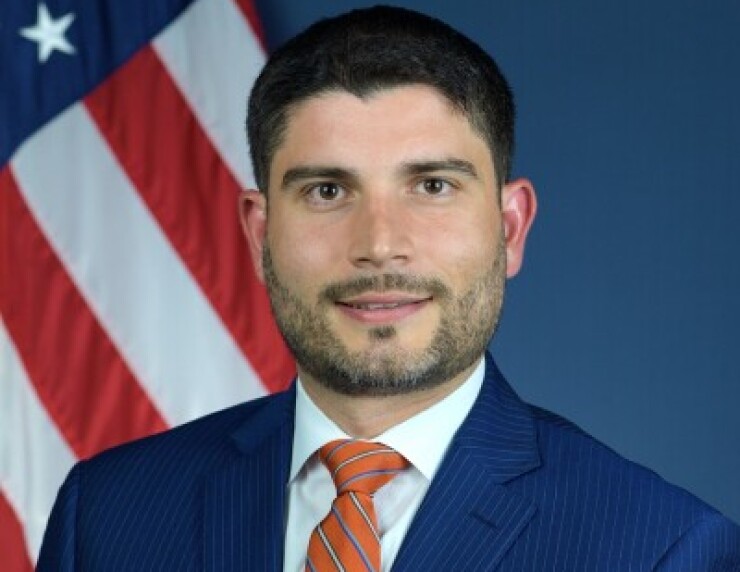The federal Build America Bureau is set to announce as soon as this month grant awards and guidelines for a pair of key public-private partnership programs that were inked under the Infrastructure Investment and Jobs Act.
The bureau, which is the U.S. Department of Transportation's P3-focused office, also sports an ample and diverse pipeline of projects that totals more than $40 billion, executive director Morteza Farajian told The Bond Buyer in a wide-ranging
"I've been with bureau almost five and a half years, and I have seen how that pipeline in the bureau has changed," Farajian, who joined the bureau in April 2019 after serving as Virginia's deputy secretary of transportation and as director of the state's public-private partnerships office. "When I joined the bureau, our pipeline was about $4 billion and ... it was mainly focused on highway projects, bridges, tunnels. Today that pipeline is over $40 billion, 10 times bigger, and it's not just highway projects."

In March, the bureau
The NOFO will award up to $57.7 million on a competitive basis, covering fiscal years 2022, 2023, and 2024.
"We were a little slow in getting the money out," Farajian admitted, saying the agency wanted to ensure the NOFO was flexible and not too complex. Applications were due in May and he said the bureau received "very good responses," mostly from municipalities, he said.
"We should be very close to wrapping up our evaluations and will still take some time, but our goal is to announce [the awards] this summer," he said.
Also this summer the bureau hopes to
The delay was due in part to the bureau's need to work with the Federal Highway Administration on the guidelines. "We want to make sure it's something they can actually do, that it's practical, and not something that's going to create issues," he said. The initial guidance will ask for industry comments, which the agencies will then consider, with the final guidelines released sometime next year, he said.
On the pipeline front, transit-oriented development has proven a popular sector with $12 billion worth of projects in the works, he said. The bureau is also for the first time taking on airport projects, under
"We're talking to a couple of airports. We haven't closed the deals yet. We all know it takes some time, but we do have a couple of those projects now in the pipeline that are moving forward and we might be able to close an airport loan within the next couple of months," he said.
The bureau is working with several state transportation departments, including in
The bureau is also providing technical assistance to build capacity with several cities, including Austin, Los Angeles, Kansas City and Tampa.
"So as a result of all of that, we see that diversity happening within the bureau in terms of geography, asset classes, type of borrowers, and that makes us very excited because we are working with various projects in different parts of the country, from highway to bridges to tunnels to airport and rail, all the way to even some public infrastructure projects such as putting decks on top of highways or building civic centers or libraries or courthouses that are adjacent to transit stations," he said.





